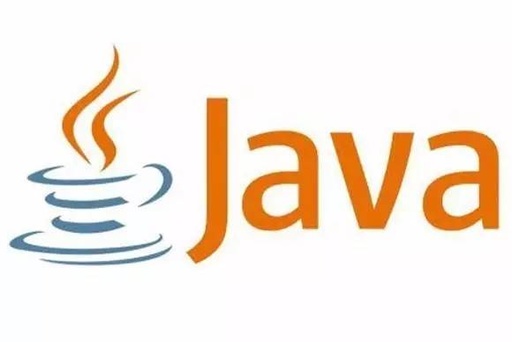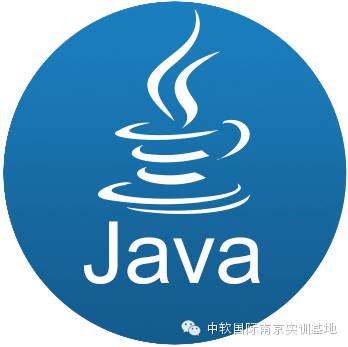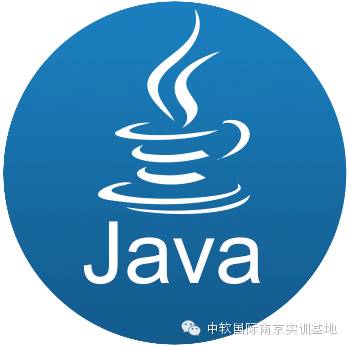
This article mainly talks about the allocation and recycling mechanism of Java memory, including the Java runtime data area, object creation, garbage collection algorithm and recycling strategy. Referring to the PHP Chinese website course "JAVA Elementary Introduction Video Tutorial", the author just summarized and illustrated the culture based on the content in the tutorial. This part of the content is almost all comprehensible. In order to facilitate understanding and memory, it is presented in the form of pictures, texts or tables as much as possible. 1. Runtime data area The following figure is a memory diagram of the Java virtual machine when it is running: From the figure we can see that Java memory is divided into 6 parts: Program counter: Each thread has an independent program counter, and the counter can Think of it as a line number indicator of the bytecode executed by the current thread. When the bytecode interpreter works, it changes the value of this counter to select the next bytecode instruction to be executed, branches, loops, jumps, exception handling, thread recovery and other basic functions all rely on this counter. Java virtual machine stack: The virtual machine stack is private to the thread and has the same life cycle as the thread. The virtual machine stack describes the memory model for Java method execution. When each method is executed, a stack frame will be created to store the local
1. 10 recommended articles about object creation

Introduction: This article mainly talks about the allocation and recycling mechanism of Java memory, mainly including Java runtime Data area, object creation, garbage collection algorithm and recycling strategy. Referring to the PHP Chinese website course "JAVA Elementary Introduction Video Tutorial", the author just summarized and illustrated the culture based on the content in the tutorial. This part of the content is almost all comprehensible. In order to facilitate understanding and memory, it is presented in the form of pictures, texts or tables as much as possible. 1. Runtime data area The following figure is a memory diagram of the Java virtual machine when it is running: From the figure we can see that the Java memory is divided into 6 parts...
2. Detailed explanation of Java memory allocation and recycling mechanism (picture)

##Introduction: This article mainly talks about Java memory allocation and recycling mechanism mainly includes Java runtime data area, object creation, garbage collection algorithm and recycling strategy. The reference book is "In-depth Understanding of Java Virtual Machine" by teacher Zhou Zhiming. The author only summarizes and illustrates it based on the content in the book. This part of the content is almost all comprehensible. In order to facilitate understanding and memory, it is presented in the form of pictures, texts or tables as much as possible. 1. Runtime data area The following figure is a memory diagram of the Java virtual machine when it is running: From the figure we can see that the Java memory is divided into...

##4.
Java Virtual Machine Learning - Garbage Collection Algorithm Introduction: The tracking collector adopts a centralized management method, and the global record between objects When executing, a series of GC Roots objects are used as the starting point, and all reference chains are searched downward from these nodes. When an object does not have any reference chain to GC Roots, it proves that the object is unavailable. .
Introduction: The tracking collector adopts a centralized management method, and the global record between objects When executing, a series of GC Roots objects are used as the starting point, and all reference chains are searched downward from these nodes. When an object does not have any reference chain to GC Roots, it proves that the object is unavailable. .
The above is the detailed content of Introductory tutorial on garbage collection algorithms: 10 recommended zero-based introductory tutorials on garbage collection algorithms. For more information, please follow other related articles on the PHP Chinese website!




